It’s been a couple of weeks of intense gaming and fun with your new build but recently, you started noticing that your motherboard temperatures are abnormally high.
Or perhaps your motherboard was gathering too much heat even before you started playing any game. Either way, you probably want to know:
What causes the motherboard to overheat?
While this feels like an extremely dangerous issue, there is nothing you need to worry about yet. I have experienced this issue from time to time but was able to rectify the issue very easily. You are going to learn about those methods pretty soon.
I know you probably don’t want to wait any longer. So, just grab your coffee and read this entire article. Also, don’t try to skip any sections because that will just leave you with more questions in the end.
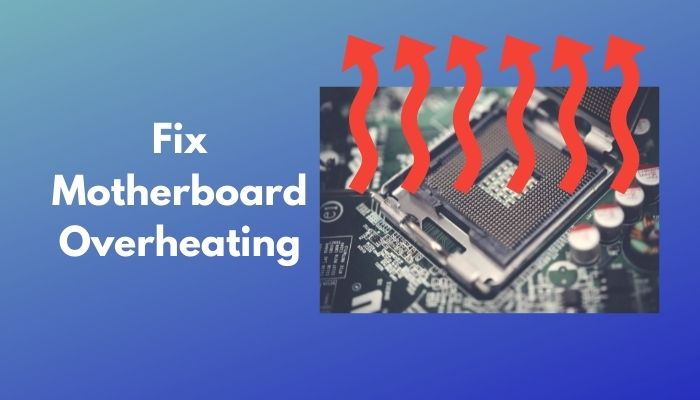
Can A Bad Motherboard Cause CPU Overheat?
A bad motherboard can definitely cause CPUs to overheat. Your CPU will be prone to overheating only when the pins on the motherboard are damaged or if there is something wrong with the power regulator. Any other motherboard issues won’t overheat.
In addition to that, a faulty motherboard might also cause other components attached to it like the CPU and GPU to simply fail.
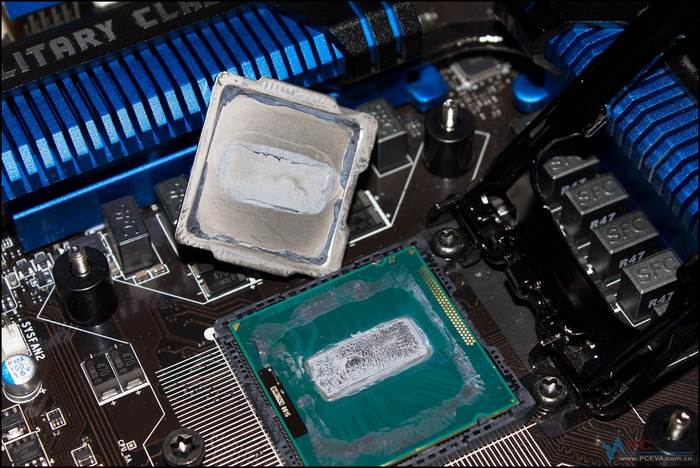
A bad power supply can also be a big factor in your motherboard overheating. If there isn’t sufficient power for the motherboard to complete it’s tasks, it will have to work twice as hard and that will, in turn, lead to hotter temperatures.
Another point to consider is dust because this is a big issue when it comes to overall cooling. It’s an issue mainly because it can negatively affect the fan performance. Your motherboard may also gather dust but regular maintenance is not necessary.
Check out our separate post on Motherboard Affecting Performance on PC.
How To Fix Motherboard Overheating?
Now that you know that the cause for your motherboard overheating is not always the motherboard itself, let’s take a look at how you can stop it from reaching those temperatures. Most of these will involve looking at other PC components.
Don’t let that confuse you, though. Even though most of the time, the motherboard can’t be blamed for the temperatures, there are a few rare occasions where your motherboard is actually the culprit. In those situations, you might just have to replace the motherboard.
Before we move forward, let me address the question on your mind right now. Why is it so important to prevent motherboard overheating?
Well, if your motherboard overheats too frequently, it will also rapidly lose electrical conductivity. What this means is that your motherboard will become unusable if the issue isn’t addressed soon.
Your motherboard will also be more prone to wear and tear, like corrosion due to overheating.
Here are the ways to fix the motherboard overheating:
1. Verify That The Fan Is Working
As ridiculous as this sounds, you absolutely need to do this. This happened to me once where I tried every method to stop the overheating but then realized later that the fan wasn’t even working.
You are probably wondering why would the fan suddenly stop working? There could actually be so many reasons for that so I won’t be able to list them all here. I will say that the most common reason is dust and I discussed this earlier.
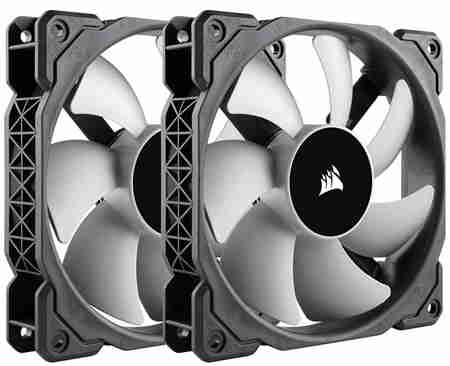
Dust can get clogged if not cleaned regularly, and that might stop the fan from spinning. So, to check that the fan is spinning, simply turn on the system and listen for a spinning sound.
You could also feel the case for slight vibrations to verify that it’s spinning.
Follow our guide to Fix CPU Fan Not Detected in BIOS.
2. Add Or Remove Fans
Your motherboard could be overheating because the cooler is simply unable to cool down the temperatures in time. It is definitely not recommended to use just one fan.
Before you start stocking up on multiple case fans, you need to check how many fan slots you actually have because that will vary from case to case. You will also need to keep the size of the fan slots in mind during the purchase.
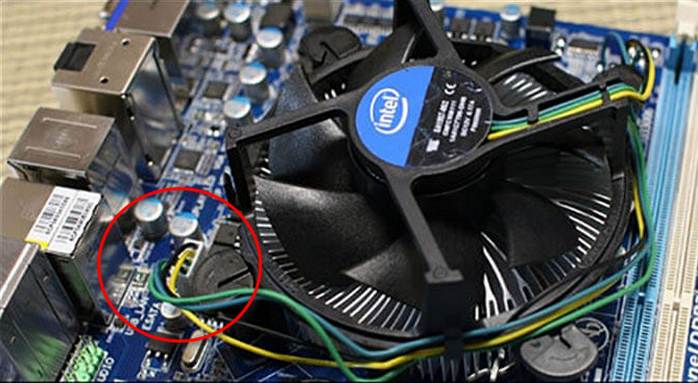
Most mid-tower cases have around 120 mm fan slots but they could still vary between 90 mm, 140 mm, and 200 mm.
Don’t get the wrong idea, though. Depending on the circumstances, you might have to actually remove some fans from your setup.
You only have to do that to balance the airflow. It is generally a good idea to use the same number of fans for intake and exhaust to achieve this.
3. Switch The Case
This is not always necessary but if you are unable to install additional fans due to missing fan slots, it would be a good idea to get a new case.
I know this can be a little expensive but, think about it this way, if you don’t resolve the overheating issue, your entire build will become worthless.
When looking for a newer case, you don’t want to make the same mistake as your previous case. You should look for a case with proper ventilation and the ability to install multiple fans to allow better airflow inside the chassis.
Also, check out our separate post on Motherboard Boot Without CMOS Battery.
4. Get a Better CPU Cooler
Your motherboard can be a victim of overheating if you are using a cheap CPU cooler and then running intense resources on your system.
You need to look for a heatsink that is bigger in size and that is cooled frequently to regulate processor temperature.
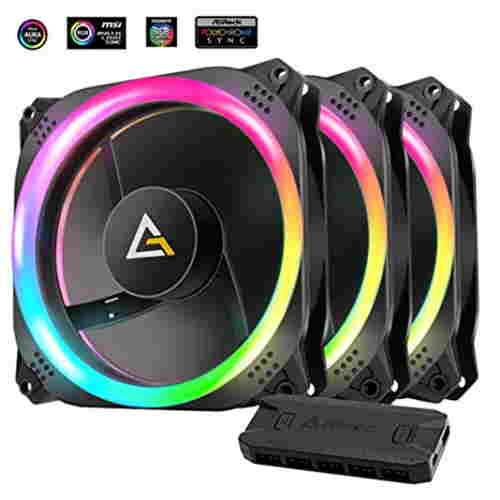
If you are a gamer, then you should consider getting a high-end CPU cooler because it will definitely be worth every penny.
5. Tidy Up The Cables
For better airflow, it is important to not leave your cables all over the place. It is extremely important to manage those cables and route them from different areas so they don’t have any chances of interfering with the airflow.
You can make use of the routing holes in your case and take the cables from the back and tuck the extra cables in the PSU shroud or at the back.
Check out the easiest way to Fix CPU Cooler Clicking Noise.
6. Replace The Power Supply Unit
Your motherboard could be overheating because the power delivery is not efficient enough.
If you are using a cheap PSU, then you need to hurry and replace it with a more capable PSU. The Power Supply Unit is among the most important components in a computer so it’s highly recommended that you don’t make any compromises here.
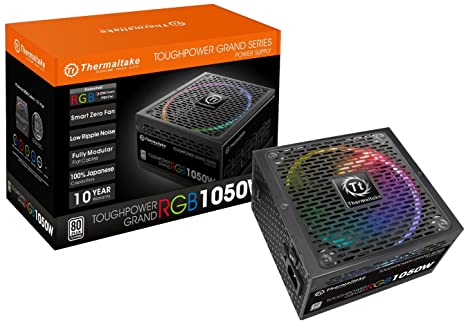
FAQ
What are the signs of a motherboard failure?
If you notice freezing or glitches, physical damage, or some blue screen errors in your computer, your motherboard might be nearing its end. If it’s failing to recognize certain hardware, you should just give up and get a replacement.
Can the motherboard be repaired?
Yes, you can definitely do that but it will depend on the extent of the damage. In most circumstances, you will probably have no option but to replace it. However, I myself have been able to repair my motherboard when it wasn’t working, but it’s rare.
Is 70c too hot for CPU?
Answer: Absolutely not. It is perfectly normal to get temperatures up to 80 degrees in Celsius but you are in trouble if it goes too far beyond that. If that does happen, I recommend leaving your PC alone for a while to let it cool down.
Can a chipset overheat?
Yes, chipsets can overheat and if the temperature reaches too high, your computer will not even be able to boot. This is why most modern chipsets come with a mini heatsink to keep them cool.
Go through our epic guide on Will Motherboard Turn On Without CPU.
Final Thoughts
To sum it up, it can be super dangerous when your motherboard is overheating as it could potentially destroy your entire build. However, I hope you know by now that you don’t really have to freak out since you can cure the disease pretty easily if you know how to do it.
If this article helped you, look through our website to find similar fixes for other issues in your build.

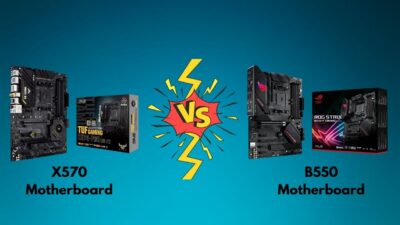

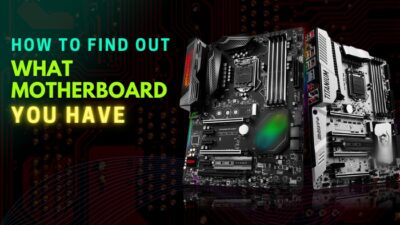
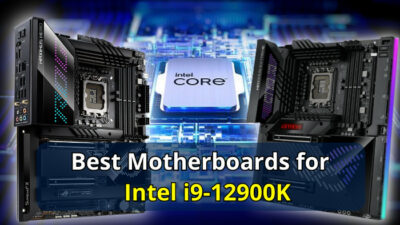
my motherboard intel chipset is overheat what can I do ?
my pc configuration-
processor-13th Gen Intel(R) Core(TM) i5-13500 2.50 GHz
motherboard- ASUS Prime B760-PLUS D4
ram-PNY XLR8 8GB DDR4 3200MHz 1slot
SSD- HP EX900 M.2 500GB PCIe NVMe
psu- Gigabyte P450B 450W 80 Plus Bronze Certified Power Supply
casing- OVO E-335DW RGB White Gaming Casing
Hello zayed,
If your Intel chipset is overheating, ensure your PC case has proper ventilation and cooling. Clean any dust from fans and heatsinks. Check if your motherboard has a BIOS update that addresses cooling issues. Consider adding additional case fans or upgrading your CPU cooler for better heat dissipation.